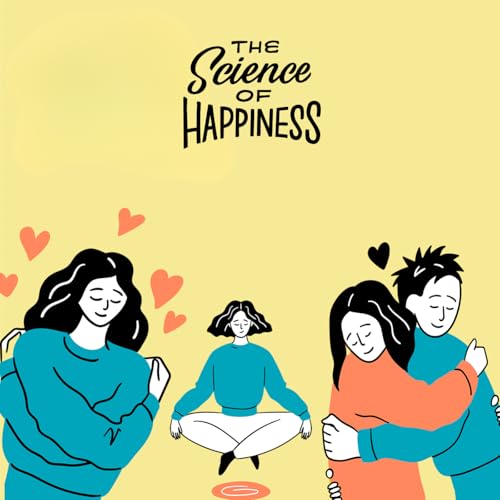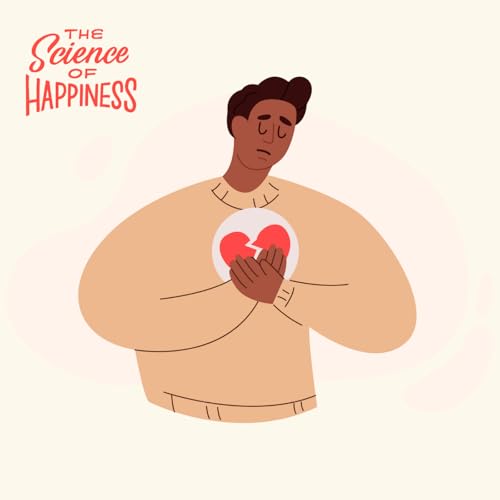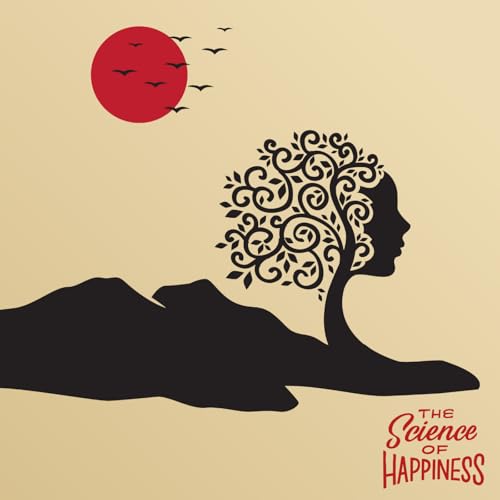Discover how forgiveness reshapes the brain, eases the body, and helps us move forward with greater compassion and freedom.
Summary: Forgiveness isn’t about forgetting or excusing—it’s about releasing the grip of resentment so we can make room for peace. Research shows it also engages empathy, strengthens emotional regulation, and helps us reconnect with what truly matters. In this episode of The Science of Happiness, we look at how forgiveness transforms not just relationships, but our overall well-being.
How To Do This Practice:
- Acknowledge the hurt: Be honest about what happened and how it affected you—avoiding or denying the pain can keep it alive.
- Empathize with the other person: Try to see their humanity and what might have led them to act as they did, without excusing the harm.
- Choose to forgive: Decide, for your own peace, to let go of resentment and stop letting the past control your emotions.
- Offer forgiveness as a gift: Imagine extending understanding or compassion toward the person, even if they never apologize.
- Commit to your choice: Write it down, share it, or reflect on it as a reminder of your intention when old feelings resurface.
- Practice holding on to peace: When reminders or emotions arise, return to calm, compassion, or gratitude—strengthening forgiveness over time.
Scroll down for a transcription of this episode.
Today’s Guests:
DR. EVERETT WORTHINGTON is one of the world's leading experts on forgiveness.
Learn more about Dr. Everett Worthington here: https://www.evworthington-forgiveness.com/
DR. EMILIANA SIMON-THOMAS is a neuroscientist and Director of Science at UC Berkeley’s Greater Good Science Center.
Learn more about Emiliana R. Simon-Thomas here: https://tinyurl.com/2z7mhjbm
Related The Science of Happiness episodes:
The Contagious Power of Compassion: https://tinyurl.com/3x7w2s5s
Nine Steps to Forgiveness: https://tinyurl.com/vb7kk5ky
Why Compassion Requires Vulnerability: https://tinyurl.com/yxw4uhpf
Related Happiness Breaks:
A Science-Backed Path to Self-Forgiveness: https://tinyurl.com/yh2a5urt
Make Uncertainty Part of the Process: https://tinyurl.com/234u5ds7
A Note to Self on Forgiveness: https://tinyurl.com/y53tkn87
This episode was supported by a generous grant from the Templeton World Charity Foundation as part of a Greater Good Science Center project on "Putting the Science of Forgiveness into Practice."
Tell us about your experience with this practice. Email us at happinesspod@berkeley.edu or follow on Instagram @HappinessPod.
Help us share The Science of Happiness! Leave us a 5-star review on Apple Podcasts and share this link with someone who might like the show: https://tinyurl.com/2p9h5aap
Transcription: https://tinyurl.com/566t8udf
 Dec 4 202519 m
Dec 4 202519 m Nov 27 20255 m
Nov 27 20255 m Nov 20 202517 m
Nov 20 202517 m 7 m
7 m Nov 6 202518 m
Nov 6 202518 m Oct 31 202527 m
Oct 31 202527 m Oct 30 20258 m
Oct 30 20258 m Oct 23 202521 m
Oct 23 202521 m
